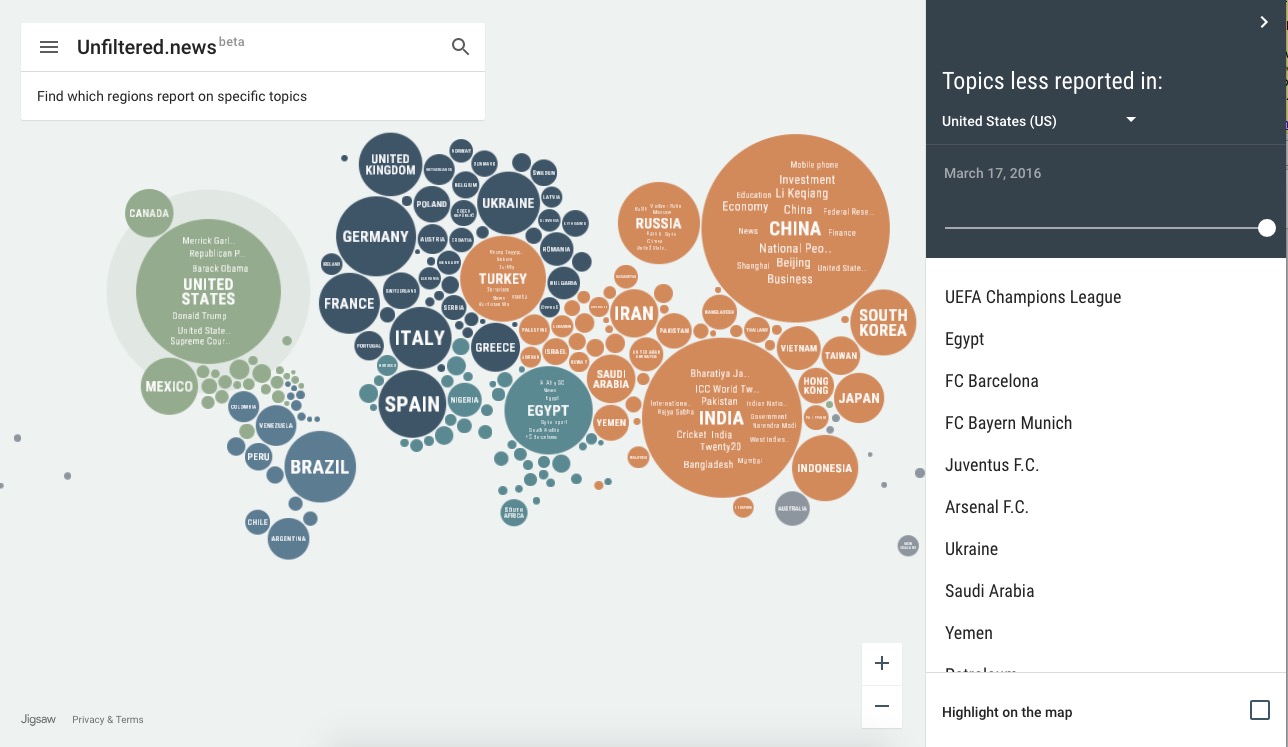Wikidata aims to create a multilingual free knowledge base about the world that can be read and edited by humans and machines alike. It provides data in all the languages of the Wikimedia projects, and allows for the central access to data in a similar vein as Wikimedia Commons does for multimedia files, it is also used by many other websites. The data on Wikidata is added by a community of volunteers both manually and by using software, much like other Wikimedia projects including Wikipedia.
Wikidata has millions of items, each representing a human, a place, a painting, a concept, etc. Each item has statements (key-value pairs), each statement in turn consisting of a property such as “birth date”, and the appropriate value for the item. Likewise, there can be statements for external IDs, such as a VIAF identifier.
Wikidata is hosted by the Wikimedia Foundation, a nonprofit charitable organization dedicated to encouraging the growth, development and distribution of free, multilingual, educational content, and to providing the full content of these wiki-based projects to the public free of chargeWikidata focuses on a basic level of useful information about the world and links to other resources for specialized data on the subject. Sources for data on Wikidata must be:
There are many reasons to add data to Wikidata including:Why add data to Wikidata[edit]
Help more people to see your information[edit]
Data from Wikidata is used by many high traffic websites including Wikipedia which is one of the most used websites in the world receiving over 15 billion page views per month.
Improve open knowledge[edit]
Wikidata hosts data that can be used on Wikimedia projects and beyond. By adding data to Wikidata you can ensure the data on your subject is well covered and up to date in all Wikimedia project languages.
Increase traffic to your website[edit]
Anyone looking at Wikidata or other sites that use Wikidata including Wikipedia can see the reference link for the source of the data.
Make your data more useful for yourself and others[edit]
By adding data to Wikidata it becomes more useful. You can:
- Combine it with other data
- Use Wikidata tools to explore the data
- Visualise your data along with data from other sources…(More)

